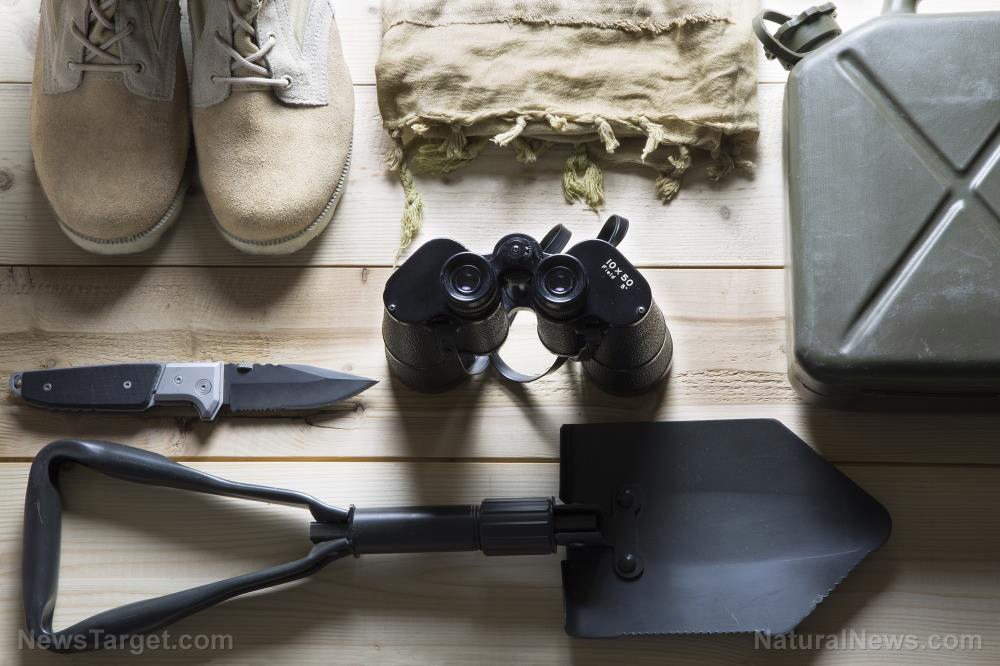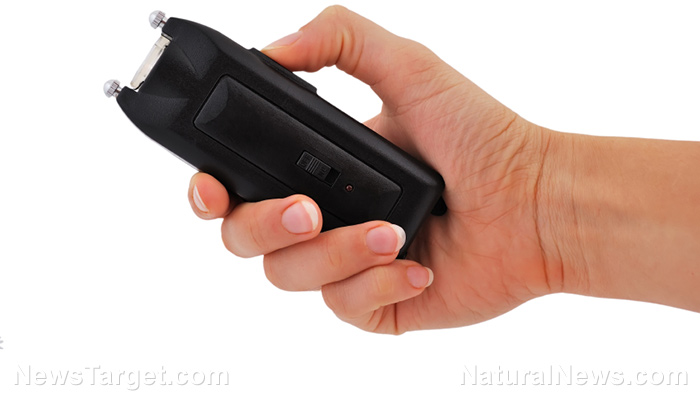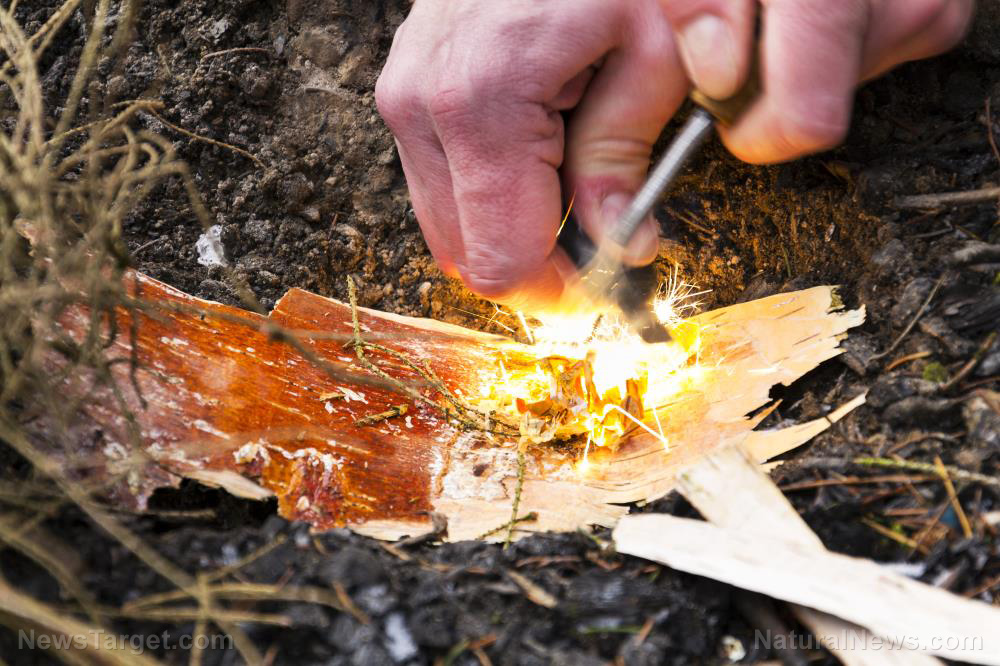Understanding what’s in an individual trauma kit might just save your life
09/25/2019 / By Rex Carter

When you encounter a life-threatening situation, conventional first-aid kits sometimes aren’t enough to deal with it. In this scenario, you will need an individual first aid kit or IFAK, which has specialized tools to deal with potentially fatal injuries such as exsanguination (bleeding out), airway obstructions, hypothermia, among others.
Not all IFAKs are made equal. Their contents often address the likely risks and situations that person may encounter in their line of work. For example, combat medics have more specialized IFAKs, including tools for invasive procedures, like emergency surgeries that others are not qualified to perform. (h/t to SHTFBlog.com)
Common IFAK contents
Here are five non-negotiable contents of an IFAK and how to use them.
1. Tourniquet
A Combat Application Tourniquet, or C-A-T, is a patented military-grade tourniquet you can use to treat bleeding in your extremities. The C-A-T has been the U.S. Army’s official tourniquet since 2005. While the manual advises leaving the tourniquet in the packaging to shield it from the elements, pre-tearing the shrink-wrap just may save your life – especially if you’re in a state where every second counts. After all, you can just store it in the IFAK, which is itself a pouch. This is already enough protection under most circumstances. (Related: Tourniquet applications improve survival rate in civilian trauma victims, according to study.)
2. Emergency trauma dressing
Like a tourniquet, an emergency trauma dressing or ETD is used to stop bleeding. It’s a six inch-combat gauze consisting of a highly absorbent pad and an ACE bandage. This design allows you to clamp it tight on an open wound to control bleeding. Each ETD comes in a vacuum-sealed package designed to be opened quickly. ETDs can also be applied quickly and easily, which is important if your fingers are numb due to injury.
3. Hemostatic agents
Hemostatic agents, with brand names such as Quikclot and Celox, are also used to stop bleeding by coagulation (blood clotting). The U.S. Army favors Quikclot, which is used simply enough — just press the pad onto a wound. Some hemostatic agents like Celox now use granules instead of a pad. It’s a good idea to have both kinds in your kit.
4. Nasopharyngeal airway
A nasopharyngeal airway or NPA is a tube inserted into the nose to secure an open airway and assist breathing. NPAs come in many sizes, but a 28Fr size should fit most adults. The design of most NPAs allows them to be used even on semiconscious patients without provoking a gag reflex. You can also use an oxygen mask with it. Avoid using an NPA on patients with a head injury.
5. Chest seal and decompression needles
A chest seal is used to address gunshot wounds and other sucking chest wounds. Choose a chest seal with vents that allow air in the chest cavity to escape. Otherwise, it will trap the air around the lungs (a condition called pneumothorax) and lead to lung collapse. A Hyfin chest seal is one of the best, as you don’t need to line up the vent with the wound. The valve is also one-way, meaning it keeps air out but not in. In case the patient still develops a pneumothorax, a decompression needle can be useful. You can stick it through the chest wall to relieve the pressure and vent the air.
Training to use the contents of an IFAK is just as important as having them in the first place. Make first aid training a part of your overall preparedness procedure, and you will have one less thing to worry about when things go hairy.
Visit Survival.news for more stories about first-aid procedures and what other items you can include in your IFAK.
Sources include:
Tagged Under: airway obstruction, bleeding, bug out, chest seal, Collapse, disaster, emergency, first-aid kit, how-to, individual first aid kit, injury, off grid, panic, preparedness, prepper, prepping, SHTF, survival, survivalist, tourniquet, trauma kit
RECENT NEWS & ARTICLES
COPYRIGHT © 2018 PANIC.NEWS
All content posted on this site is protected under Free Speech. Panic.news is not responsible for content written by contributing authors. The information on this site is provided for educational and entertainment purposes only. It is not intended as a substitute for professional advice of any kind. Panic.news assumes no responsibility for the use or misuse of this material. All trademarks, registered trademarks and service marks mentioned on this site are the property of their respective owners.



















